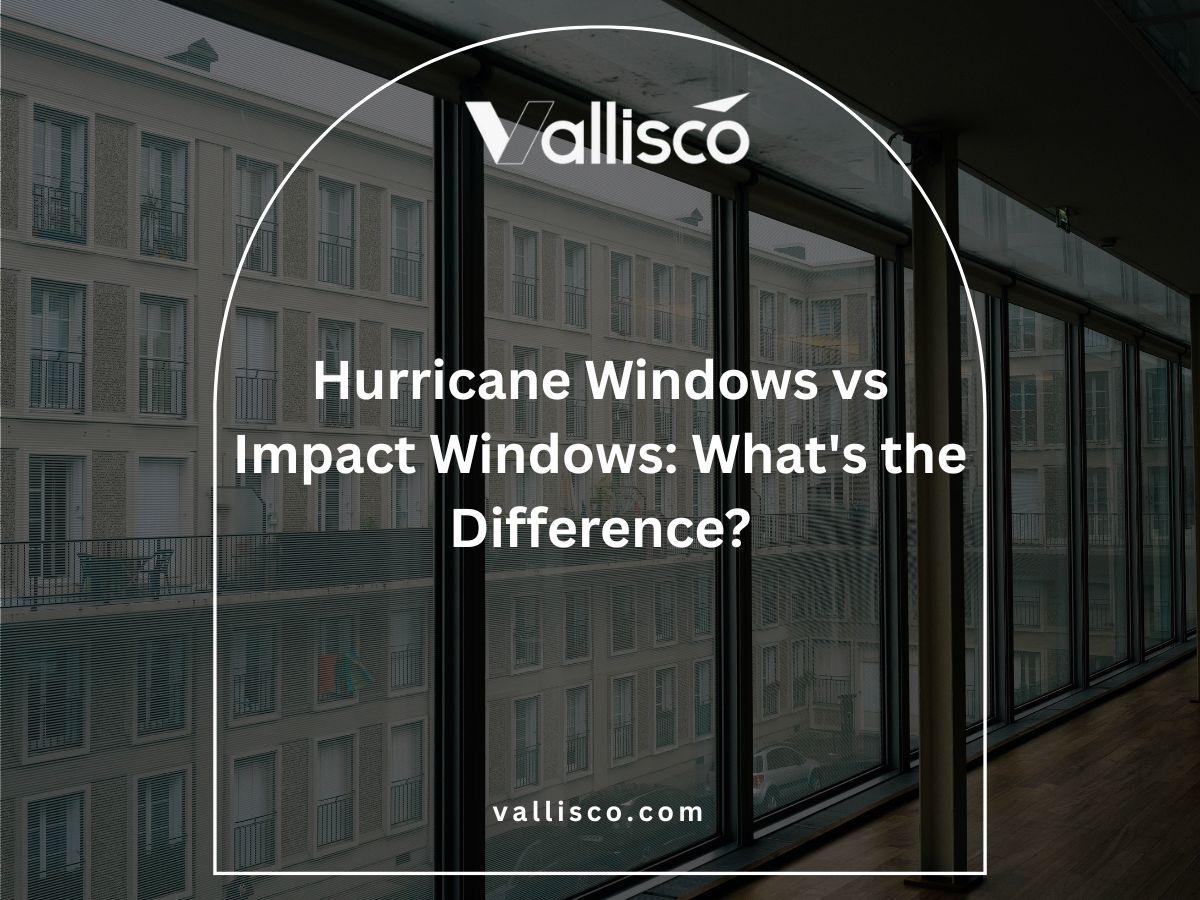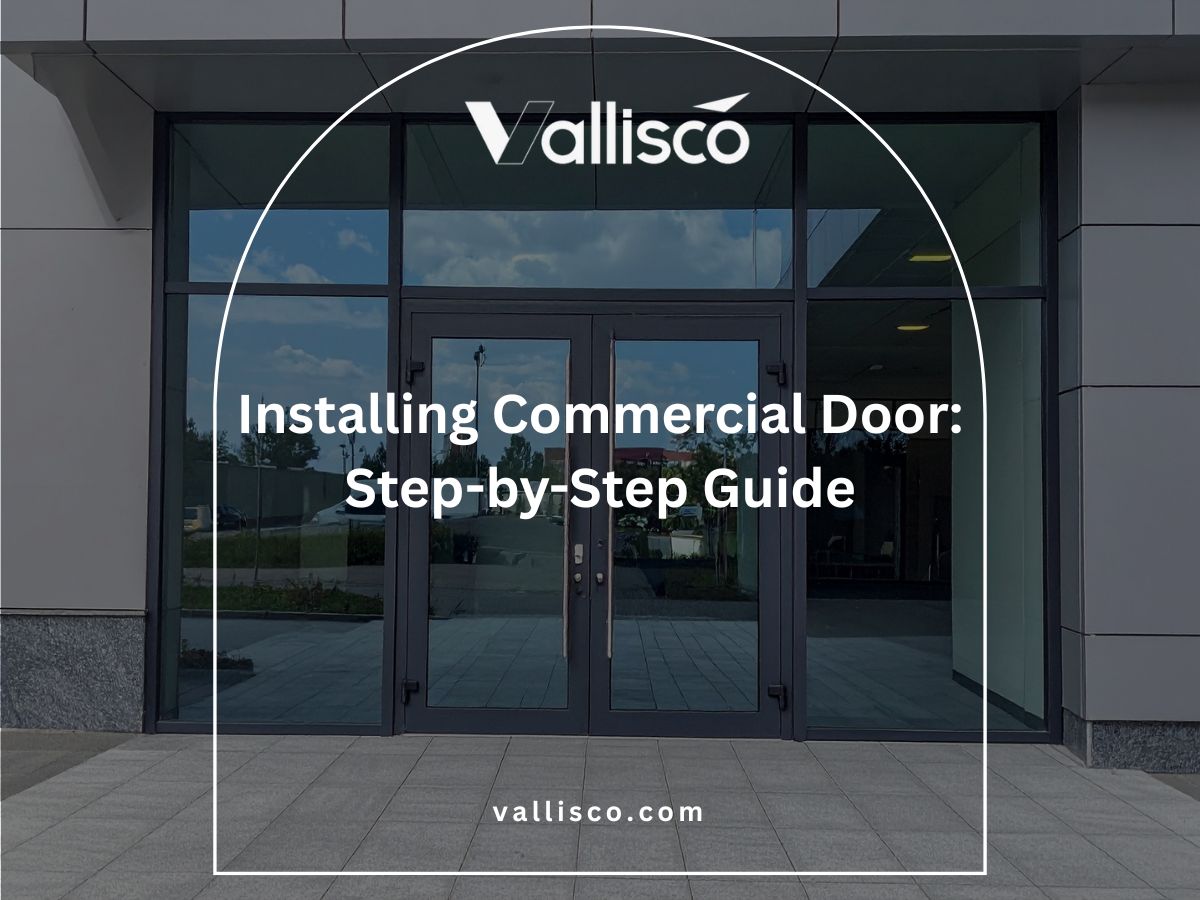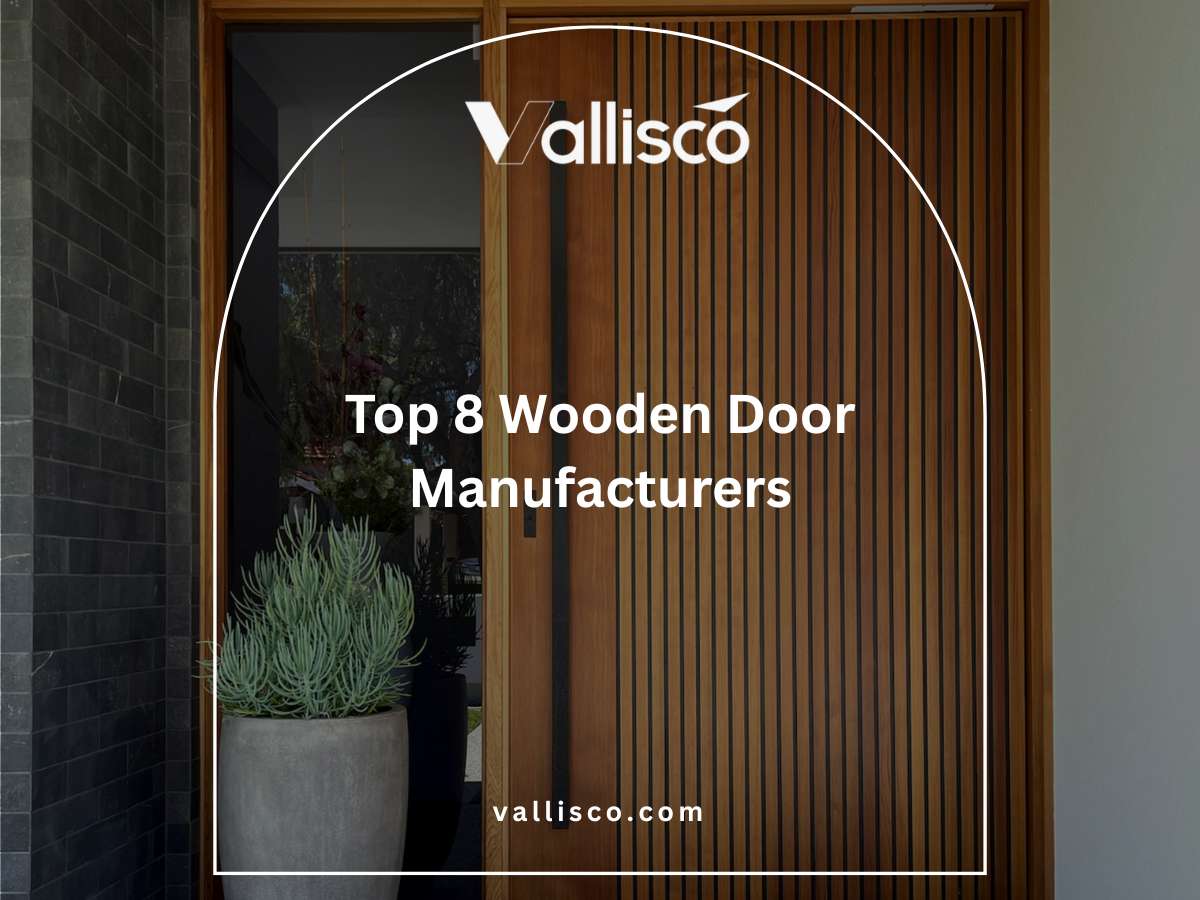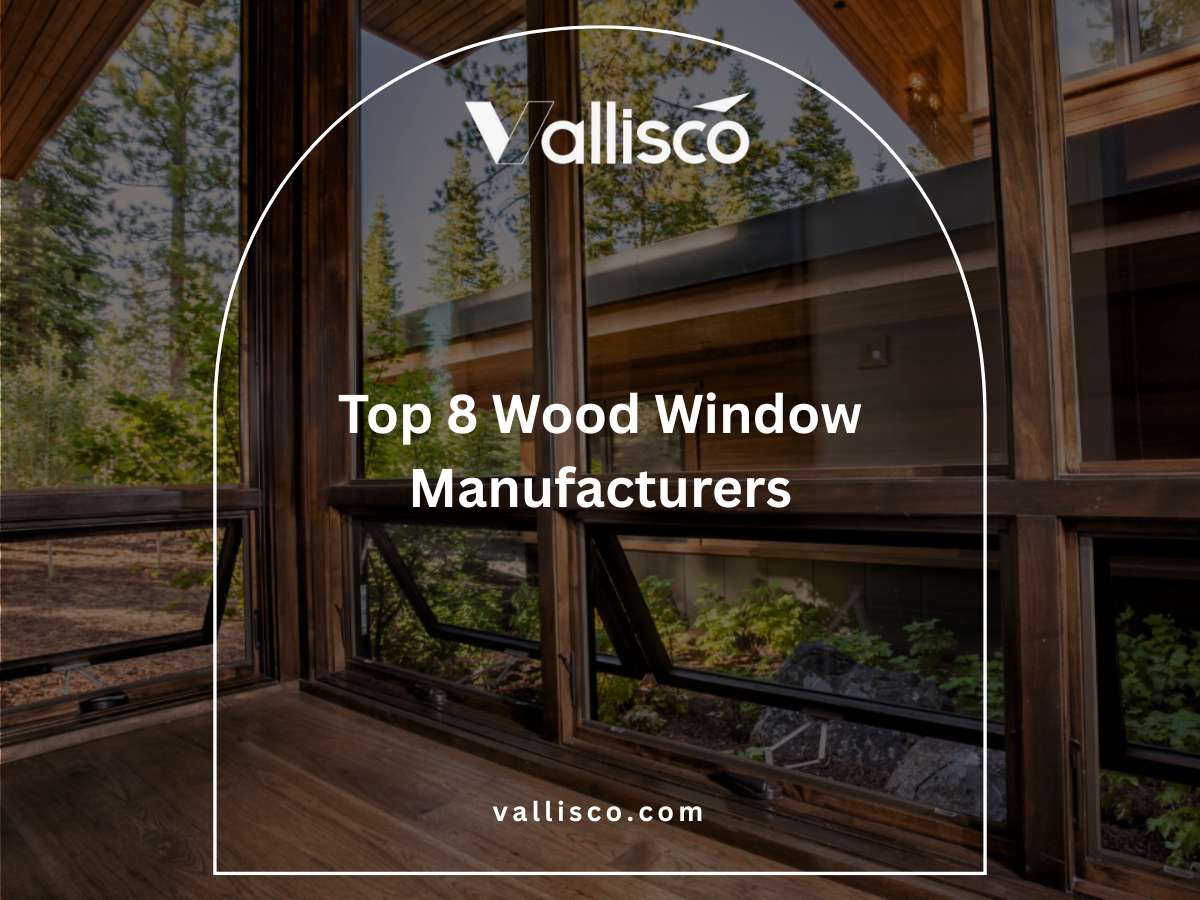Ever walked into a project site where windows looked fine but failed under real use? That happens when the wrong profiles are chosen.
That’s why understanding uPVC window profiles is critical for anyone managing villas, hotels, or greenhouses.
I work closely with engineering teams and owners who deal with these choices daily. My review comes from practical field experience, not guesswork.
In this article, you’ll find out what a uPVC window profile is, its key advantages, and how it supports long-term performance. By the end, you’ll have the clarity you came here for.
So, why do more businesses rely on uPVC profiles in their projects?
Let’s discover!
1. What Is a uPVC Window Profile?
A uPVC window profile is the frame structure that holds your glass in place and shapes the window’s design. It’s made from unplasticized polyvinyl chloride, which means the material is rigid, durable, and resistant to weather. In short, it’s the backbone of the window.
I like to think of it as the part of the window you never notice until it fails. If you’re managing villas, hotels, or greenhouses, the profile you choose affects strength, insulation, and even long-term maintenance. That’s why knowing what a uPVC window profile is matters for your projects.
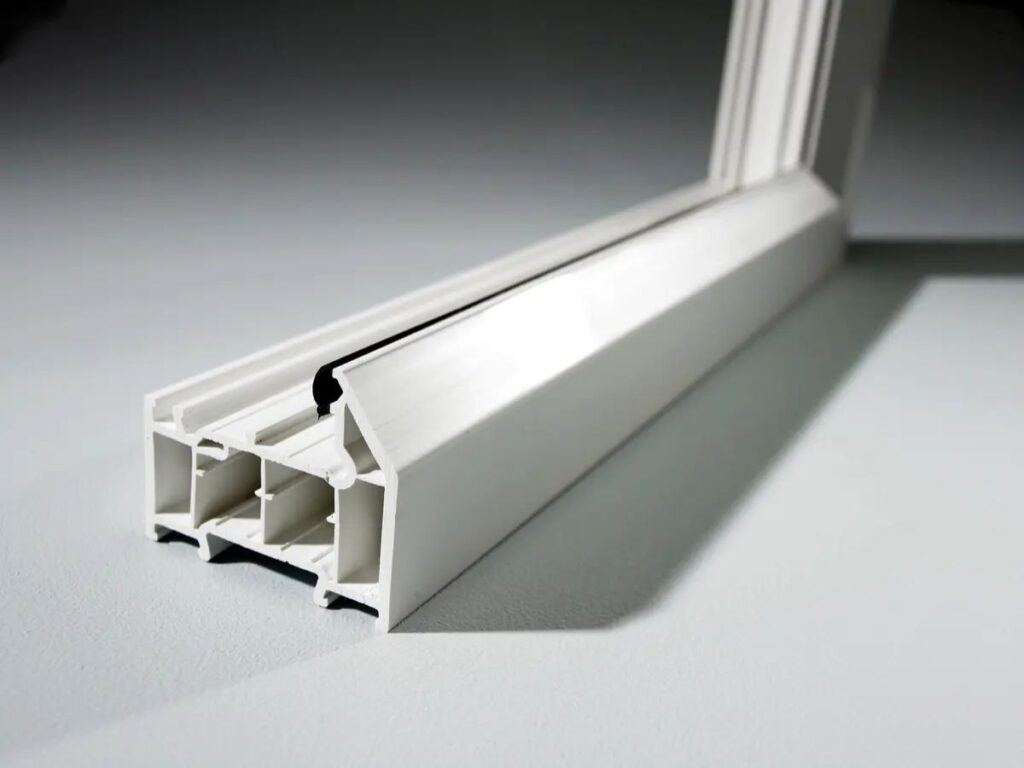
2. Components of a uPVC Window Profile
Before you choose uPVC profiles for your projects, it helps to know what makes them up. Each part plays a role in how the window performs over time. I’ll walk you through the key components so you can see what really matters when you’re making decisions:
Frame Base
The frame base is the main structure that holds everything together. Think of it as the foundation of the window profile. Without a strong base, the rest of the profile can’t perform the way you need it to. In my experience, this is the part that separates good suppliers from average ones.
If you get the frame right, you’ve already solved half the problems before they start.
Reinforcement
Inside the uPVC frame, you’ll often find steel reinforcement. This isn’t something you see, but it makes all the difference in strength and stability. I’ve seen projects where skipping reinforcement led to bending and warping after just a few years.
If you’re supplying for hotels or villas, you can’t afford that kind of failure. Reinforcement is what gives you the reliability your clients expect.
Chambers
Most uPVC profiles are designed with multiple internal chambers. These aren’t just empty spaces, they trap air and improve insulation. That’s why uPVC windows can keep heat out in summer and hold warmth in during winter. I’ve noticed engineers often ask about energy savings, and chambers are the reason these profiles perform well in that area. It’s a small detail that pays off in comfort and cost savings.
Seals and Gaskets
Seals and gaskets are what keep air and water from leaking through the window. They’re usually made from flexible materials like EPDM rubber. In one project I visited, the wrong gaskets led to water seeping into a hotel room during the rainy season. That kind of complaint is tough to deal with after installation. Paying attention to the seals early on saves you from those headaches later.
Glazing Beads
Glazing beads are strips that hold the glass securely inside the profile. They may look simple, but they keep the glass in place even under pressure from wind or regular use. I always remind clients that if the beads are poorly made, glass can loosen over time.
For your projects, especially in places like B&Bs or greenhouses, you want glazing beads that are both strong and easy to fit during installation. That little detail saves both time and cost.
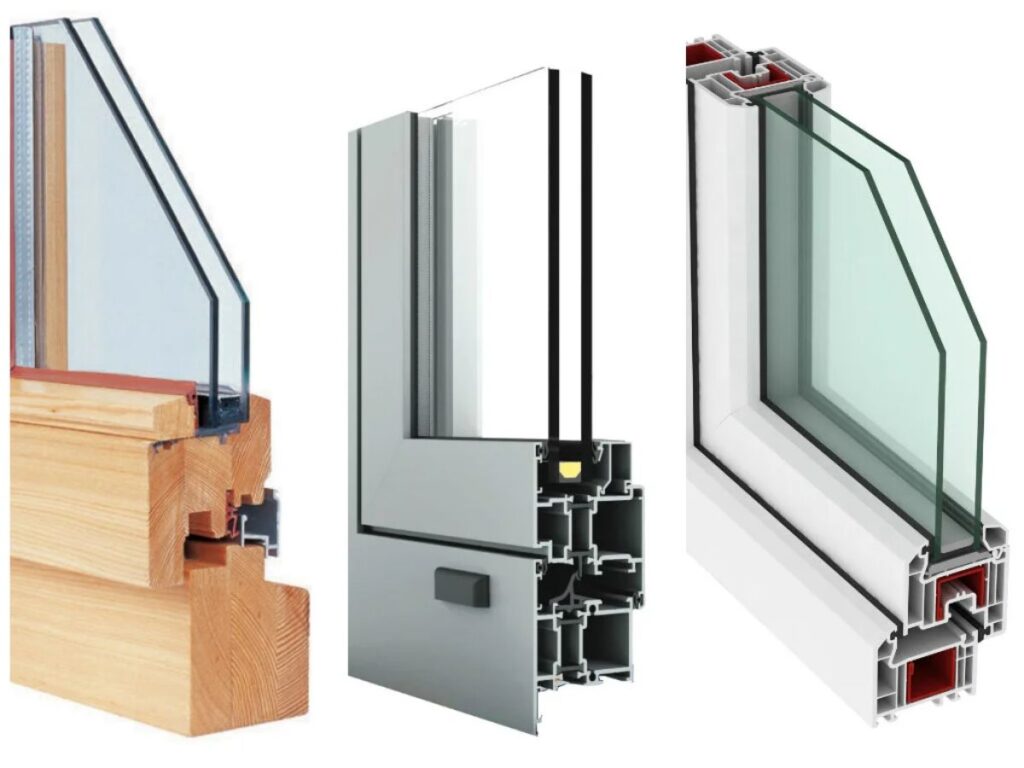
3. Advantages of uPVC Window Profiles
Now that you know the components, let’s talk about why businesses keep choosing uPVC profiles. I’ve seen the advantages firsthand on job sites, and I’ll share them with you in plain terms:
- Durability: uPVC profiles don’t rot, rust, or corrode the way other materials can. That means less repair work for you and longer life for the building.
- Low Maintenance: You don’t need to paint or polish them to keep them looking good. A quick wipe is usually all it takes.
- Energy Efficiency: The chamber design makes these profiles excellent for insulation. That’s why many hotels and villas use them to cut heating and cooling costs.
- Weather Resistance: uPVC stand up against heavy rain, heat, and even coastal conditions. It’s built to handle changing environments without warping.
- Cost-Effective: Compared to aluminum or wood, uPVC gives you long-term savings. The upfront cost is reasonable, and maintenance stays low.
- Versatility: You can get uPVC profiles in different styles and finishes to match any project. That flexibility makes it easier to meet client requirements without overcomplicating things.
As you can see, uPVC profiles bring more than just looks to a project. They save you time, lower costs, and perform well where it counts.
From my side, I think these advantages play out across villas, hotels, and greenhouses. That’s why so many businesses keep going back to uPVC as their first choice.
4. Types of uPVC Window Profiles
Different projects call for different window designs, and that’s where the types of uPVC profiles matter. Each style has its own role, and knowing them helps you pick the right fit for your project. Let’s break down the common options you’ll come across:
Casement Profiles
Casement profiles are the “go-to” in most projects. They open on hinges, either inward or outward, which makes them easy for regular use. I’ve noticed hotels and villas stick with this type because it balances cost, ventilation, and simple operation.
If you want something reliable without too many moving parts, casement profiles do the job.
Sliding Profiles
Sliding profiles move horizontally on a track, which saves space compared to hinged windows. They work especially well for areas where you don’t want the sash swinging into walkways or furniture.
Hotels and guesthouses like this type because it’s easy for staff and guests to use. You also reduce wear and tear since there are fewer moving parts compared to hinged frames.
Tilt and Turn Profiles
Tilt and turn profiles offer two ways to open the window, tilting at the top for ventilation or swinging fully like a casement. This makes them a flexible option, especially in modern villas or apartments where airflow and cleaning access are both important.
The hardware is more complex, so you’ll want reliable suppliers here. It’s a style I see often requested in higher-end projects where functionality is a selling point.
Fixed Profiles
Fixed profiles are non-opening frames that hold glass securely in place. They’re best for areas where ventilation isn’t needed but natural light is important, like lobbies or greenhouse walls. This type keeps costs low while still giving you clean lines and energy efficiency. They’re straightforward, reliable, and easy to fit into large designs where windows are more about looks than function.
Combination Profiles
Combination profiles let you mix types together, like fixed panels paired with sliding or casement sections. I like these when a project calls for wide glass areas but still needs some parts to open. It gives you flexibility without needing custom orders.
If you’ve got a hotel or villa design that demands both looks and function, combinations are worth considering.
5. Applications of uPVC Window Profiles
Knowing the applications helps you decide where uPVC fits best in your projects. From villas to hotels to greenhouses, each use case has its own reasons for choosing this material. Let’s look at the main areas where uPVC profiles work well:
Residential Projects
For villas and B&Bs, the draw is simple: less upkeep and solid performance over time. You don’t have to chase repairs or constant repainting, which saves headaches for owners. That’s why many residential projects lean toward uPVC instead of wood or aluminum.
Wouldn’t your clients appreciate windows that just keep working without extra cost? I guess they will.
Commercial Buildings
Hotels, guesthouses, and even office spaces use uPVC because it balances cost and performance. Think about the constant use in these places, windows opening and closing daily, exposure to noise, and demand for energy savings. uPVC profiles help reduce outside sound and cut heating or cooling costs.
If you need a complete solution rather than sourcing profiles and glass separately, window manufacturers like Vallisco can help. They provide ready-to-install window systems built with performance in mind. This takes away the complexity of mixing components from multiple suppliers and saves both time and coordination effort.
Greenhouses and Special Projects
Greenhouses need light, stability, and protection from weather changes, and uPVC profiles deliver all three. They hold glass panels securely, resist moisture, and support steady temperatures inside.
I like this application because it shows how versatile the material can be. Whether you’re working on a small greenhouse or a larger agricultural setup, uPVC fits right in.
6. uPVC vs Other Materials
When you’re deciding on window profiles, it usually comes down to three options: uPVC, aluminum, or wood. Each has its own pros and trade-offs, and it helps to see them side by side. This table will give you a clear comparison so you can weigh what works best for your projects:
| Feature | uPVC | Wood | Aluminum |
| Maintenance | Low just clean with soap and water | Needs regular painting and sealing | Low, but scratches and dents show easily |
| Water Resistance | Won’t rot or swell | Can rot, warp, or grow mold | Doesn’t rot but may sweat or corrode |
| Energy Efficiency | High chambers trap air | Fair, solid but needs steady care | Often poor without thermal break |
| Pest Resistance | No worries about termites | Can attract termites and insects | Not affected by pests |
| Upfront Cost | Moderate, balanced cost | Often higher due to quality wood | Usually similar or slightly higher |
| Style Options | Many colors and finishes | Natural wood grains, warm look | Sleek modern style, less warmth |
| Long-Term Durability | Lasts 20+ years with little effort | Lasts long but needs care | Lasts long, can dent, less insulation |
At the end of the day, the choice comes down to what your project needs. Working with established manufacturers like Vallisco gives you peace of mind because the windows are already built with the right profiles for performance.
7. Installation Considerations
Even the best profile won’t perform well if it’s installed poorly. That’s why installation is just as important as choosing the right material. Here are a few things you’ll want to keep in mind when working with uPVC window profiles:
Accurate Measurements
Getting the measurements right from the start saves time and money. A small mistake can create gaps, lead to air leakage, or force rework on-site. I always tell project teams to double-check before ordering because a misfit frame creates more problems than it solves.
If you’re supplying for multiple units, consistent measuring standards are even more critical.
Proper Sealing
Sealing keeps the window airtight and watertight. Without good sealing, even the strongest profile will underperform. Using the right sealants and gaskets avoids moisture creeping in and damaging interiors. For hotels and villas, a leak-free installation is the difference between a satisfied client and a complaint call.
Reinforcement and Fixing
uPVC profiles are lightweight, but they still need solid reinforcement and fixing to hold up long term. Steel or aluminum inserts are often used inside the frames to keep them stable. Skipping this step can cause warping or movement after a few seasons of heavy use.
For your projects, think of reinforcement as insurance for durability.
Skilled Labor
Even the best material won’t save a poor installation. You need people who know how to align, seal, and finish a profile the right way. Some suppliers provide trained crews, which can save you headaches later.
Have you ever had to deal with callbacks from rushed or untrained installers? That’s where skilled labor pays off.
8. Considerations Before Choosing a uPVC Profile
Before you settle on a uPVC profile, it’s worth stepping back to look at a few key points. The right choice saves you from long-term problems and gives your project better results. Here’s what I’d suggest you focus on:
Project Requirements
Start with what the project actually needs. A hotel may require soundproofing, while a greenhouse focuses more on light and insulation. Matching the profile to the use case makes your choice easier and avoids overspending.
Supplier Quality
Not all suppliers deliver the same standard, even if the product looks alike. Some cut corners on reinforcement or use weaker gaskets. I recommend working with suppliers who back their profiles with testing data or certifications.
Budget and Long-Term Costs
uPVC profiles are cost-effective, but prices still vary depending on style and finish. Do not just look at the upfront cost. Factor in maintenance and energy savings over time.
A slightly higher initial investment may save you much more in the long run.
Conclusion
Remember how I started with windows that looked fine but failed under real use? That problem disappears when the right profile is chosen.
In this article, you’ve seen uPVC components, benefits, and where they fit best.
If you prefer a complete system instead of sourcing profiles separately, Vallisco delivers ready-to-install windows with performance built in.
Make your next project easier and more reliable. Contact us today!
Explore More of Our Resources
If you’re searching for more choices, explore our full collection of products. We’ve picked out some great options for you:
Still haven’t found what you’re looking for? Don’t hesitate to contact us. We’re available around the clock to assist you.


